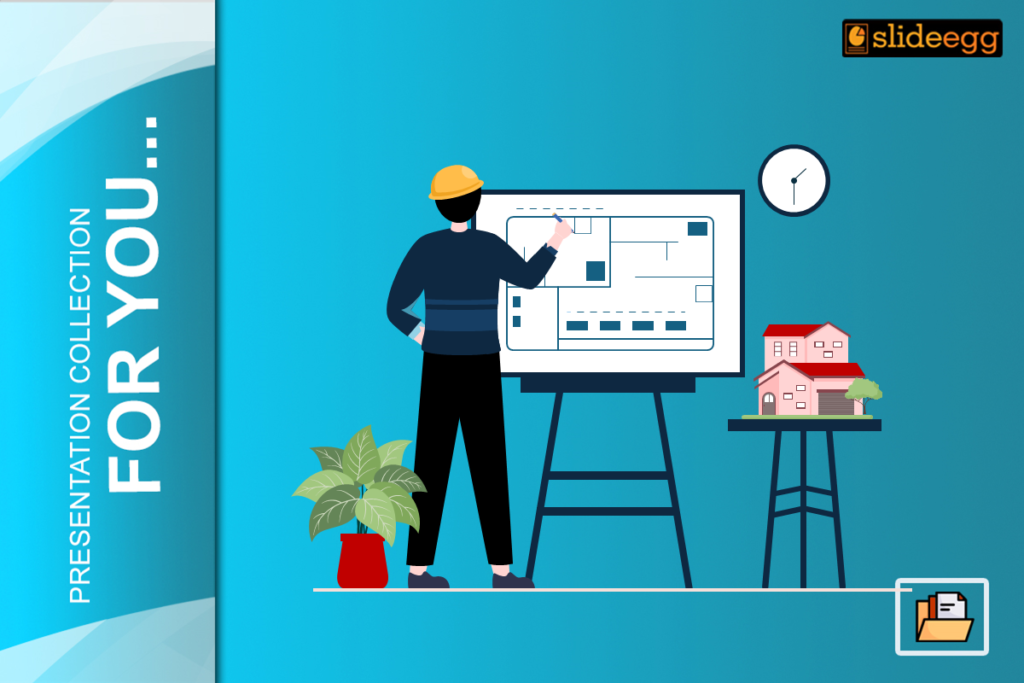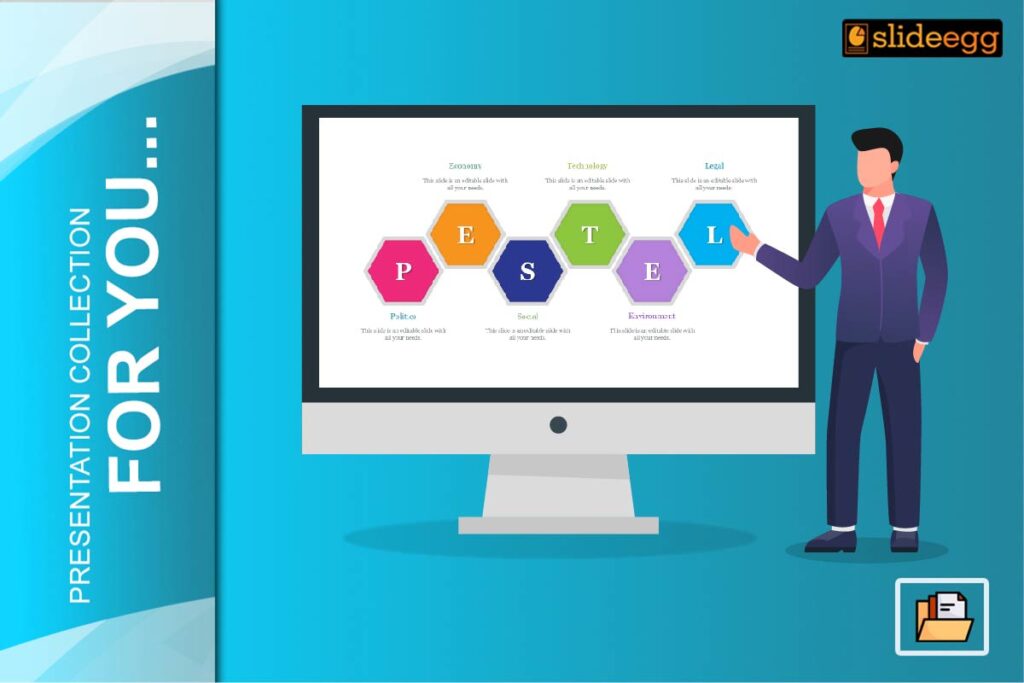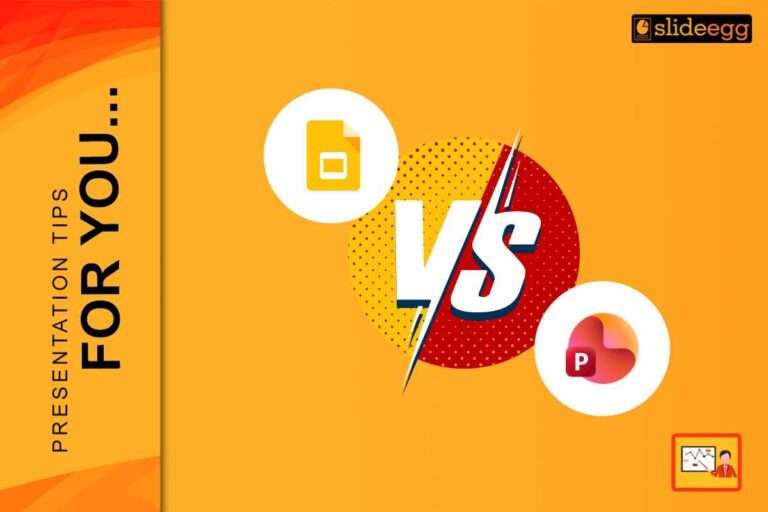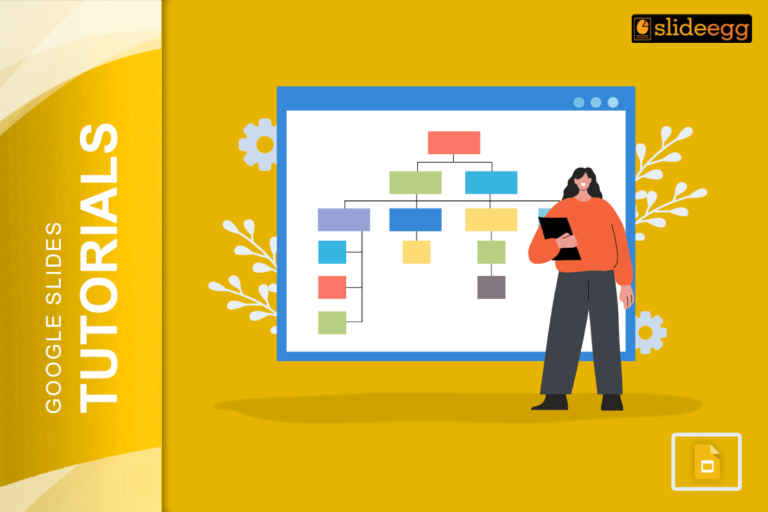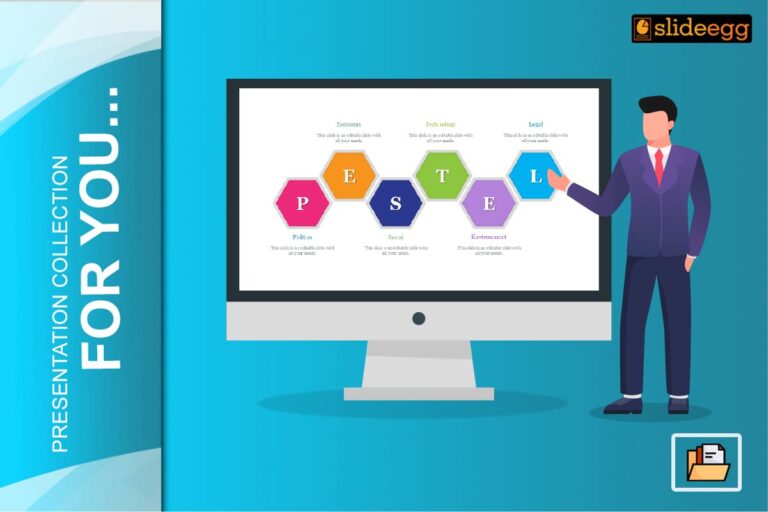Turning abstract construction ideas into visible results through a presentation allows you to simplify complex design elements. This helps to make sure your clients understand and connect with your vision from the very first slide.
Why Presentation Matters in Interior Design for Construction
Interior design is an art of aesthetics combined with functionality and creativity. However, such elements can become very hard to communicate without a visual medium. At this point, the construction PowerPoint template comes into light where a possibility to illustrate abstract ideas or concepts using some tangible, visual form that can be easily grabbed by clients is provided.
Statistics: The majority of the population are visual learners; hence, visual aids, such as presentations, have an important role in creative industries, such as interior design, to pass over properly.
Using a presentation, designers can tell clients in materials how one can explain the flow of the design and then convey the final layout in simple language that anyone with little to no technical background can understand.
Start with a Powerful Visual Introduction
- First impressions do make a difference, and it’s even more so in a design presentation. Present the general idea and theme of the interior design project, giving it an interesting angle by the use of graphics to immediately catch your audience’s attention and set the tone for the rest of the presentation.
- Second, a mood board is a great tool when it comes to the introduction stage. That overall theme or style, whether it’s modern, rustic, minimalistic, or traditional, could be presented using the mood boards.
- Colour schemes and material swatches also help your clients visualise the textures and tones that will dominate the space.
- By giving your audience an instant feel for how the design is going to be, you can put in place a perfect foundation for the details that are bound to follow.
Display Detailed Floor Plans and Layouts
- After the introduction, some essential detailed floor plans and layouts must be brought forward. These layouts allow the customer to understand how it is going to work in the interior design.
- 3D floor plans or virtual walk-throughs help the clients understand how the furniture, decor, and fixtures will work out within the construction framework. In this way, the clients can get a clear vision of the flow and functionality of the space.
- A breakdown of the room can be very useful as it helps guide clients through all the areas of the project, explaining how each space will be used and designed.
- Providing such detailed visuals gives clarity on spacing, scale, and the relationship between various elements of the design.
Design Renderings and Mockups
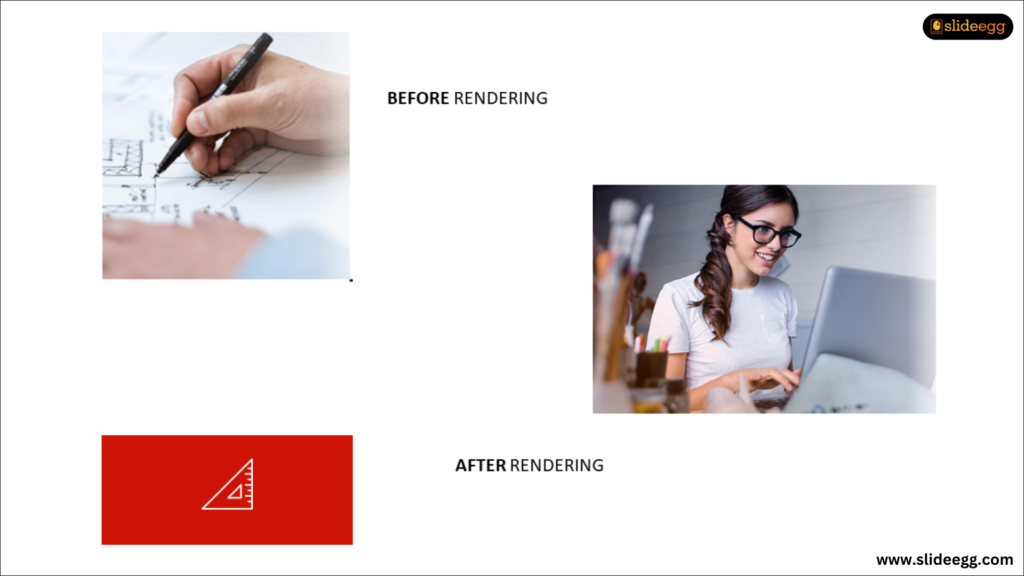
Renderings and mockups are probably the most important feature in an interior design presentation. These images will give your clients the closest-to-life view of how the completed final space will look once construction has been done.Before-and-after renderings would show how the existing space will change into the proposed design. This will give clients a clear understanding of what impact your choices have on the space.
Use the 3D renderings to show how the furniture, lighting, and décor will fit within the space. Renderings take abstract concepts and give them specificity so that the clients are more confident in the proposed designs.
With realistic visual representations, clients are better at making decisions, and designs come with fewer doubts as well.
Material Choices and Design Details
- Often, it is the attention to detail that makes a successful interior design project. Thus, the presentation of material selections and elements of design should be highlighted in all your choices.
- Demonstrate textures, materials, fabrics, and finishes with sample boards. Whether countertops, flooring, or treatments on walls, a good sense of how each one will come together is something that has to be clearly conveyed to clients.
- Add comparative images that contrast different types of materials and why, about the objectives, budget, and functionality of the project.
- Clients will appreciate your knowledge more if they can touch and feel the materials, hence making better judgments.
Include Timelines Using Construction PPT
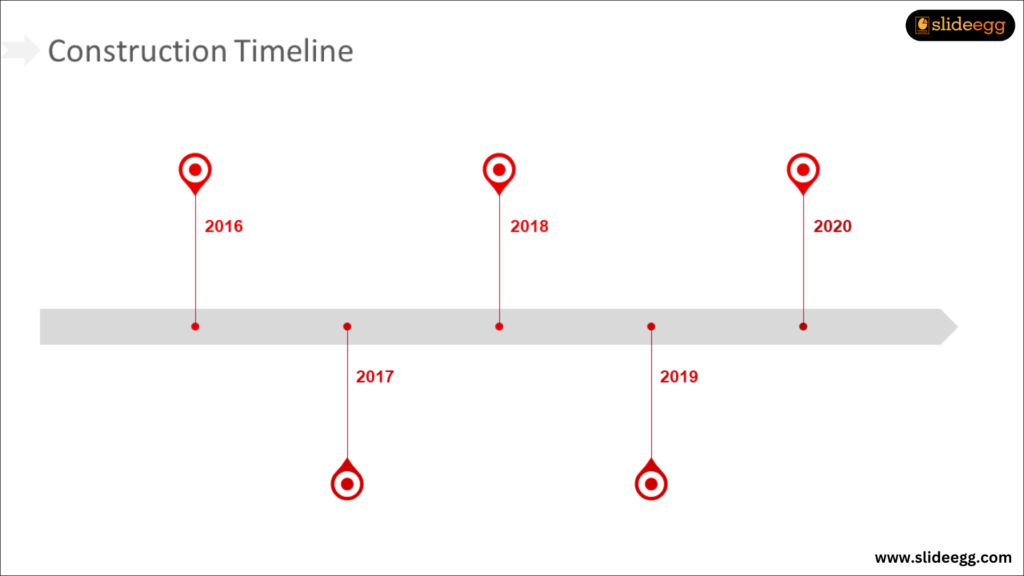
Clients want to know how long the interior design process will take, what the key milestones will be, and so on. Including a transparent timeline in your presentation will help to give them realistic expectations and will keep people on the same page.Create a Timeline: Create a visual timeline of each step of the interior design and construction process. Find key dates to include such things as approvals, ordering materials, installation, and final inspections.
Statistics: PMI research indicates that 37% of projects fail due to the inadequacy of clear objectives. Clear timeliness helps in avoiding confusions and enhancing the possibilities of successful completion.
Encourage feedback and open discussion
- No presentation on interior design is ever complete without a discussion area for feedback and ideas. After all, Interior designing is a very interactive field; assuring that the client feels included will also lead to better outcomes and higher satisfaction in the end.
- Schedule a Q&A session at the end of your presentation. Let your clients ask questions, voice concerns, or request changes.
- Include interactivity, including polls, whereby the clients’ opinions on material-related design options or applied colour schemes are requested.
- Transparency fosters trust and ensures that the output delivers what the client requires while being within the scope of desired functionality and aesthetic needs.
Conclusion
Presentations are one way in which clarity, interest, and client satisfaction can be guaranteed in the interior design of construction. Combining mood boards, detailed floor plans, 3D renderings, and clear timeline slides will help see what the final result is going to be and gain approval with certainty.
A well-structured presentation not only gives off as your expertise in designing but also strengthens and provides a better professional relationship with clients, thus laying the ground for a successful project.
Statistics Recap:
65% of people prefer to learn visually, so presentations are a lifeline when it comes to design communications.
37% of projects fail due to unclear objectives; in other words, unclear timelines are the cause of a failed project, so clear timelines should be ensured.
A good interior design presentation is a connecting factor that adheres thoughts to actions, so both you and your client will always be seeing eye to eye every step of the way.
